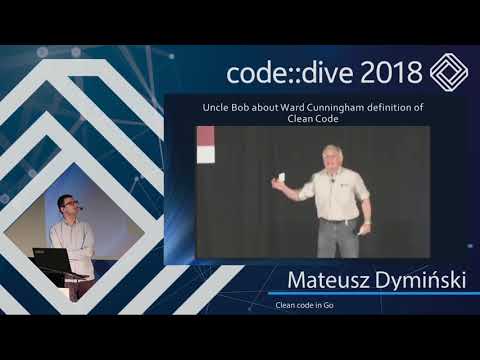Description:
Explore the principles of clean code in Go through this conference talk from code::dive 2018. Delve into the unique aspects of Go's design philosophy and how it aligns with clean coding practices. Discover why Go's seemingly simple syntax and error handling contribute to code cleanliness. Learn how Go's language specifications and design decisions challenge traditional notions of clean code. Gain insights into why writing clean code in Go is straightforward, potentially making it one of the cleanest programming languages. Understand the rationale behind Go's creation by Google and its core assumptions. Compare Go's approach to established clean code principles, such as Ward's definition. Examine Go's intentional limitations, including its small specification, lack of inheritance, absence of overloading, and exception-free design. Appreciate the benefits of Go's built-in auto formatter and comprehensive documentation. Whether you're a Go novice, an experienced developer, or simply curious about clean coding practices, gain valuable perspectives on writing efficient and maintainable code in Go.
Read more

Clean Code in Go
Add to list